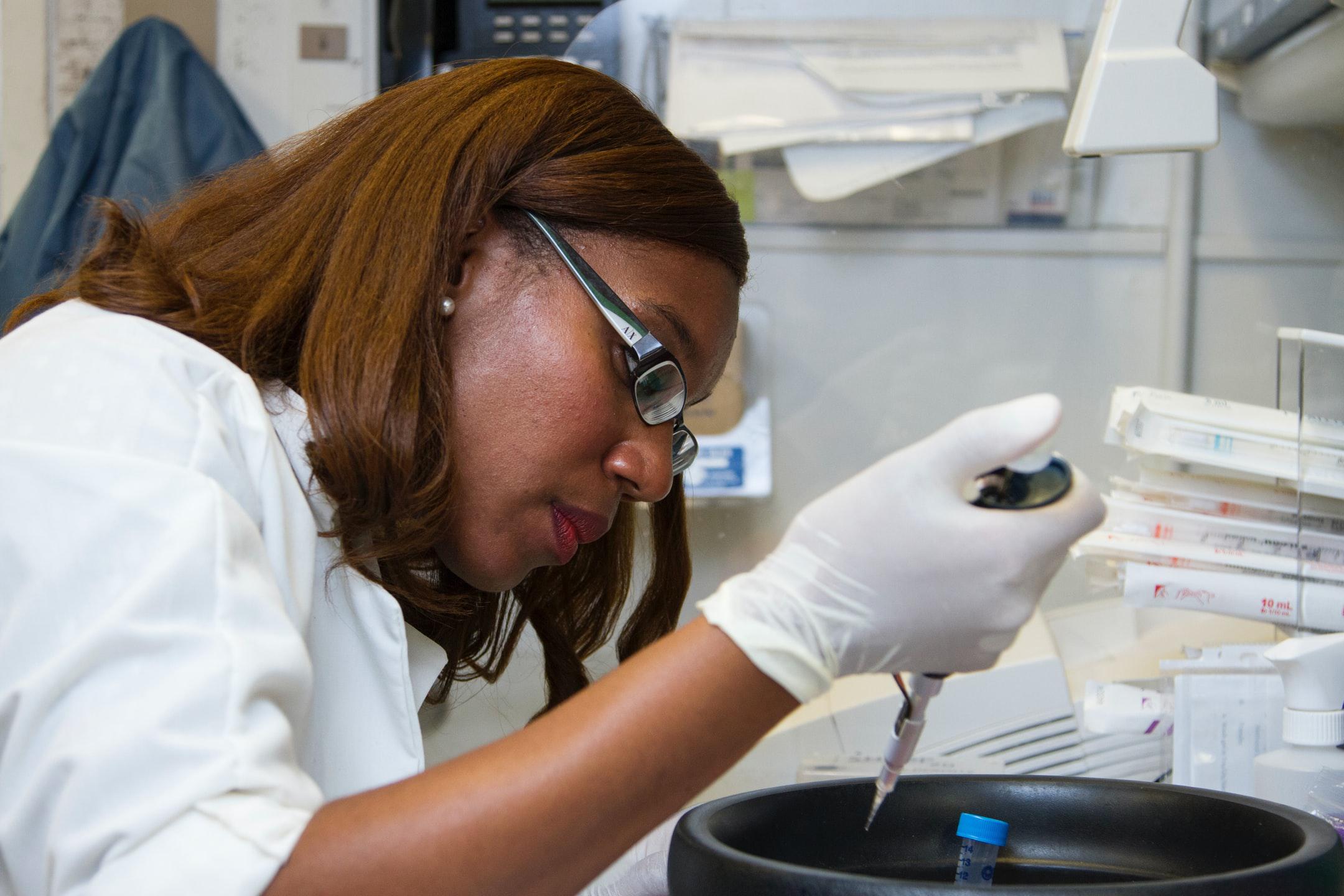
Laboratories today operate like any other business. In order to succeed, the laboratory needs to be profitable. With reduced insurance reimbursement, an increase in tests offered would lead to increased profits.
It’s that simple… or is it?
The Physician’s Office Laboratory (POL) is faced with a challenge not present in many other businesses: The customer base is limited to patients from within the organization. There is limited opportunity to gain new business or additional “customers.”
To identify the potential opportunities for increasing profitability through new tests, I suggest starting by looking at those tests my physicians already order, but currently outsource to another laboratory. This way, the sales process is bypassed. Someone else has already spent time and money for marketing the test’s usefulness and need.
Often, Laboratory Information System (LIS) can generate reports for this purpose. I compare that report against tests available on my existing analyzers. (If you have had the analyzer for a few years, you may be surprised to discover that new tests are now FDA approved and available for market.)
Opportunities also exist when additional tests are being ordered from specimens already tested in the laboratory. One example is special stains performed on cytology and histology slides. If I send the slide out to a reference lab for special stains, could I perform those same stains in my laboratory? Could my current pathologists read those stains?
I pay particular attention to tests performed on specimens collected in the physicians’ offices at the time of an appointment. Studies have shown that when a patient is required to return for blood collections, many will end up forgoing the test. Any specimen which is collected and tested immediately will yield a perfect record of compliance.
Once these comparisons and evaluations are made, my target list is narrowed to a few viable opportunities. To narrow my selection further, I evaluate a few other factors: staffing, cost, reimbursement and net revenue.
If the new test can be added with little or no increase to staffing, the cost of the human resource does not need to be factored. This is often the case when adding a new test on an existing analyzer, especially if it is run on the same sample already being loaded onto that analyzer.
The cost factors I include are analyzer costs, reagents, controls, licensing, proficiency testing and disposable supplies. When calculating the cost versus reimbursement, I take into account the significant difference between cost per test and cost per reportable result. The cost per reportable result includes the cost of performing quality control, calibrations, and repeat specimens. All of which are non-revenue producing but are expenses that must be assumed.
In my lab, calculation of reimbursement is easier for some patient populations and nearly impossible for others. Medicare Physician Fee Schedules (MPFS) are set each calendar year and the data is published by the Centers for Medicare and Medicaid Services (CMS). For larger insurance carriers, my organization has contracted prices set. If my future test is not included in my current contract, I work with my administration for negotiation and inclusion in the contract. The earlier I start this process the earlier I am able to appreciate reimbursement for that carrier.
For smaller insurance carriers and for those without a contract I use historical data to estimate reimbursement. I look first at the reimbursement for tests currently being performed in my laboratory. I compare that value against the MPFS and calculate that as a percentage of the reimbursement. Then I apply that percentage to the proposed test and have a reasonably accurate estimate of reimbursement.
For carriers with poor reimbursement and for capitated HMO’s, I choose to exclude those samples from testing in my laboratory. Continuing to send them to a reference laboratory will keep my revenue higher and make the test more profitable.
Once I have all of this information in hand, calculating the net revenue is easy.
Reimbursement – Cost = Net Revenue per Test
Net Revenue per Test X # of tests expected = Net Revenue
It is important to consider that all growth opportunities must be in line with my laboratory’s and organization’s values. Is using the new test as easy as or easier than when it was performed at the reference laboratory? Is the time to result delivery as fast as or faster than when it was performed at the reference laboratory. Both are key elements to improving patient care in the organization through a profitable laboratory. If my proposed test fits the values, then I am on my way to adding a new test to the menu.
What test will you add?
https://www.labtestingmatters.org/adding-new-tests-to-increase-profitability/